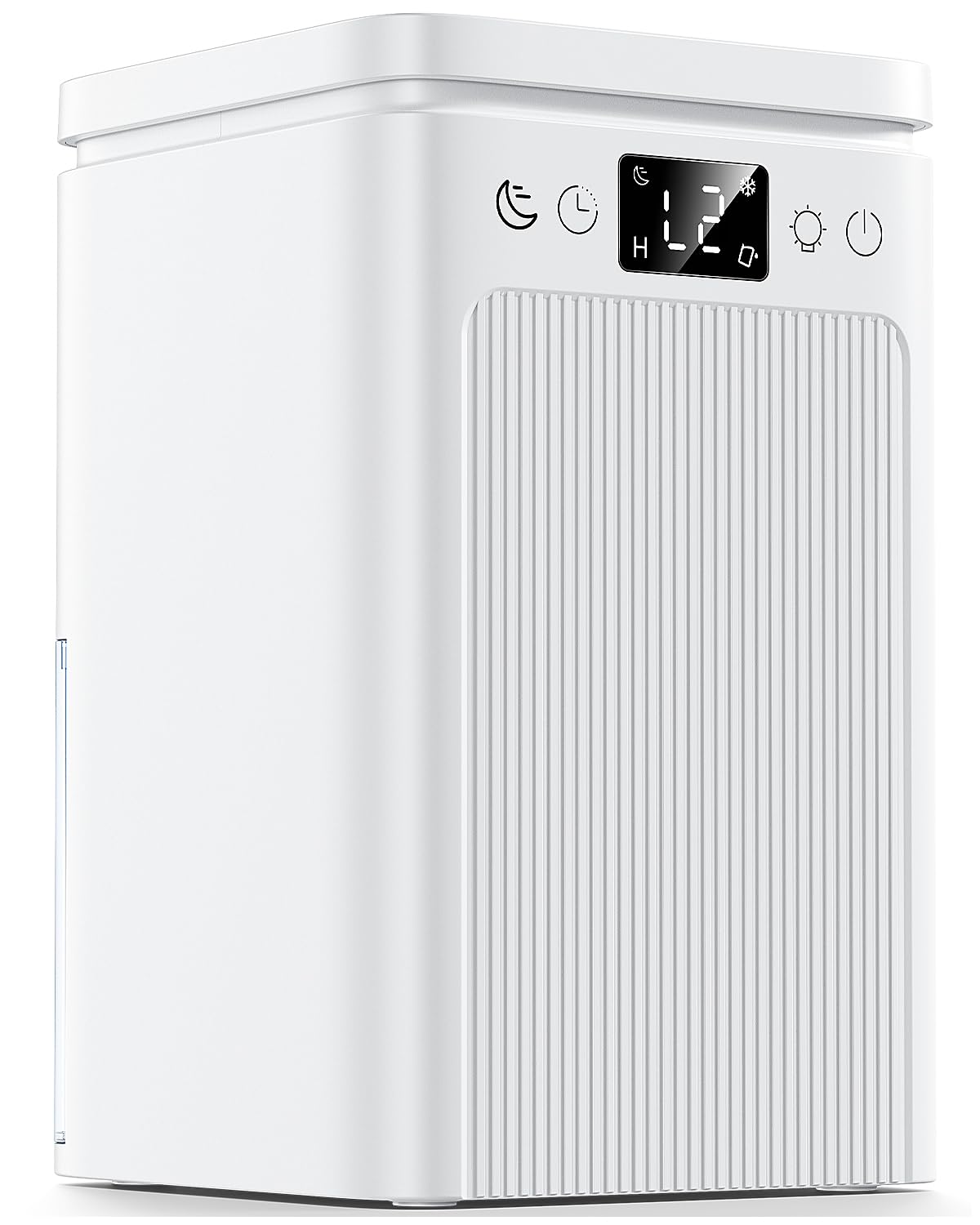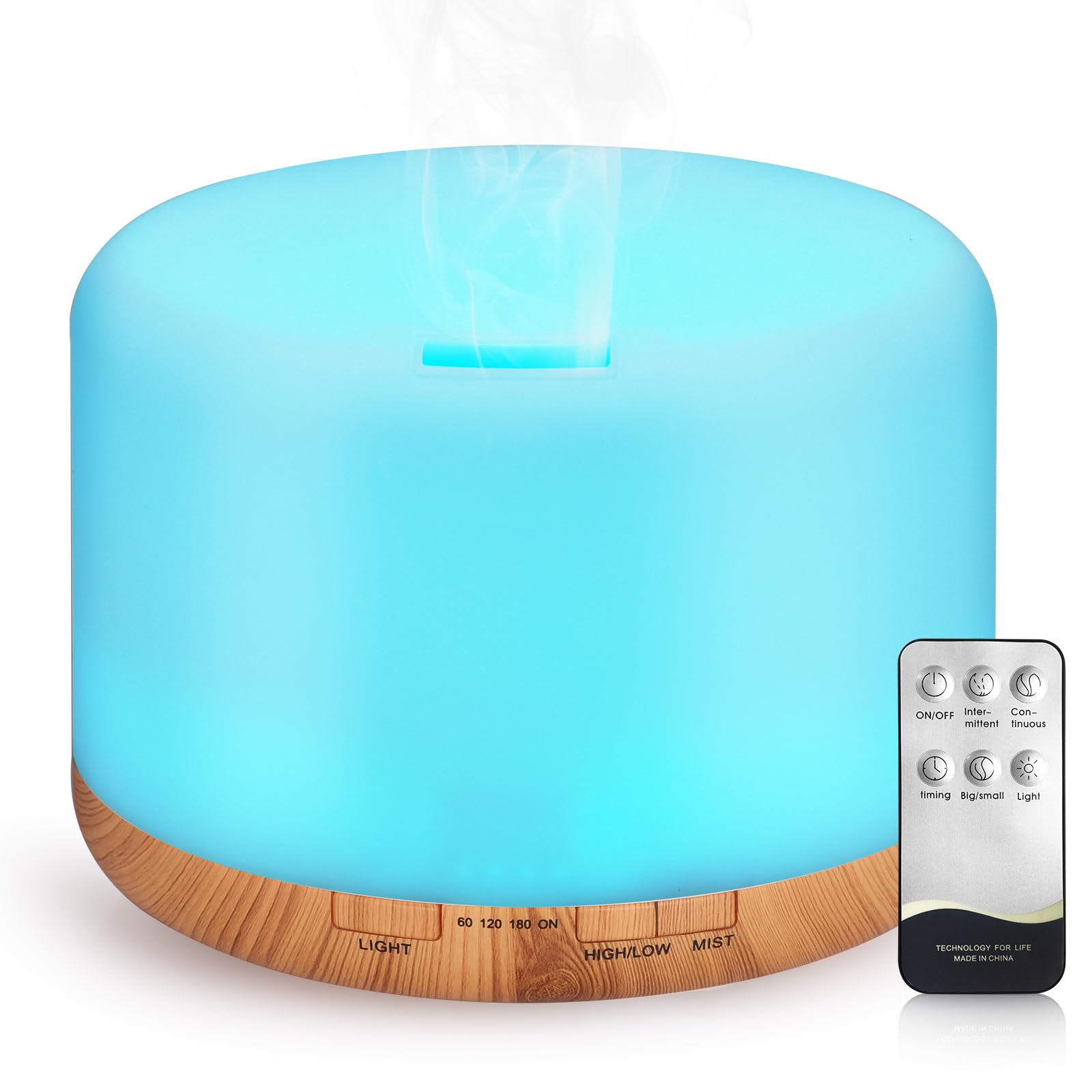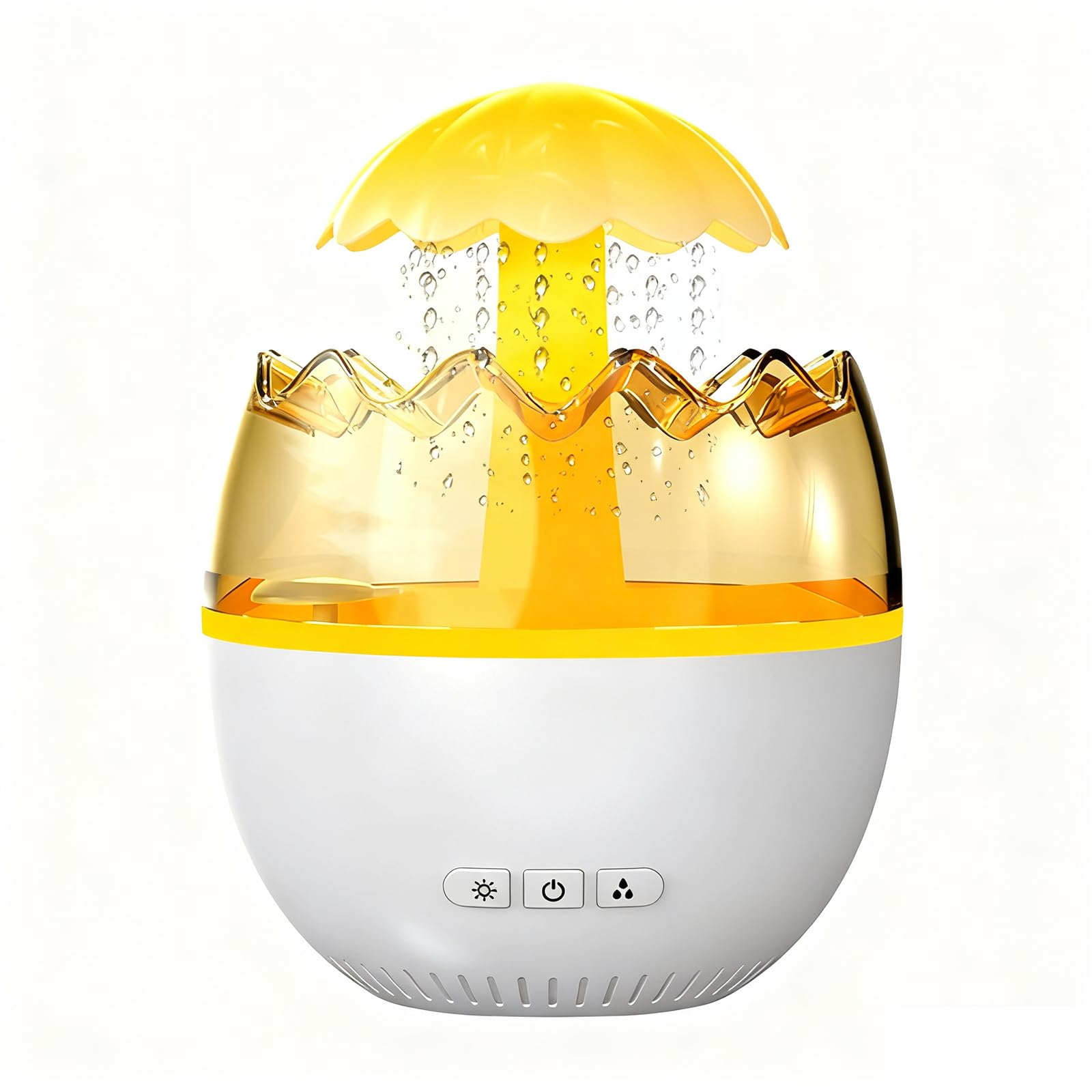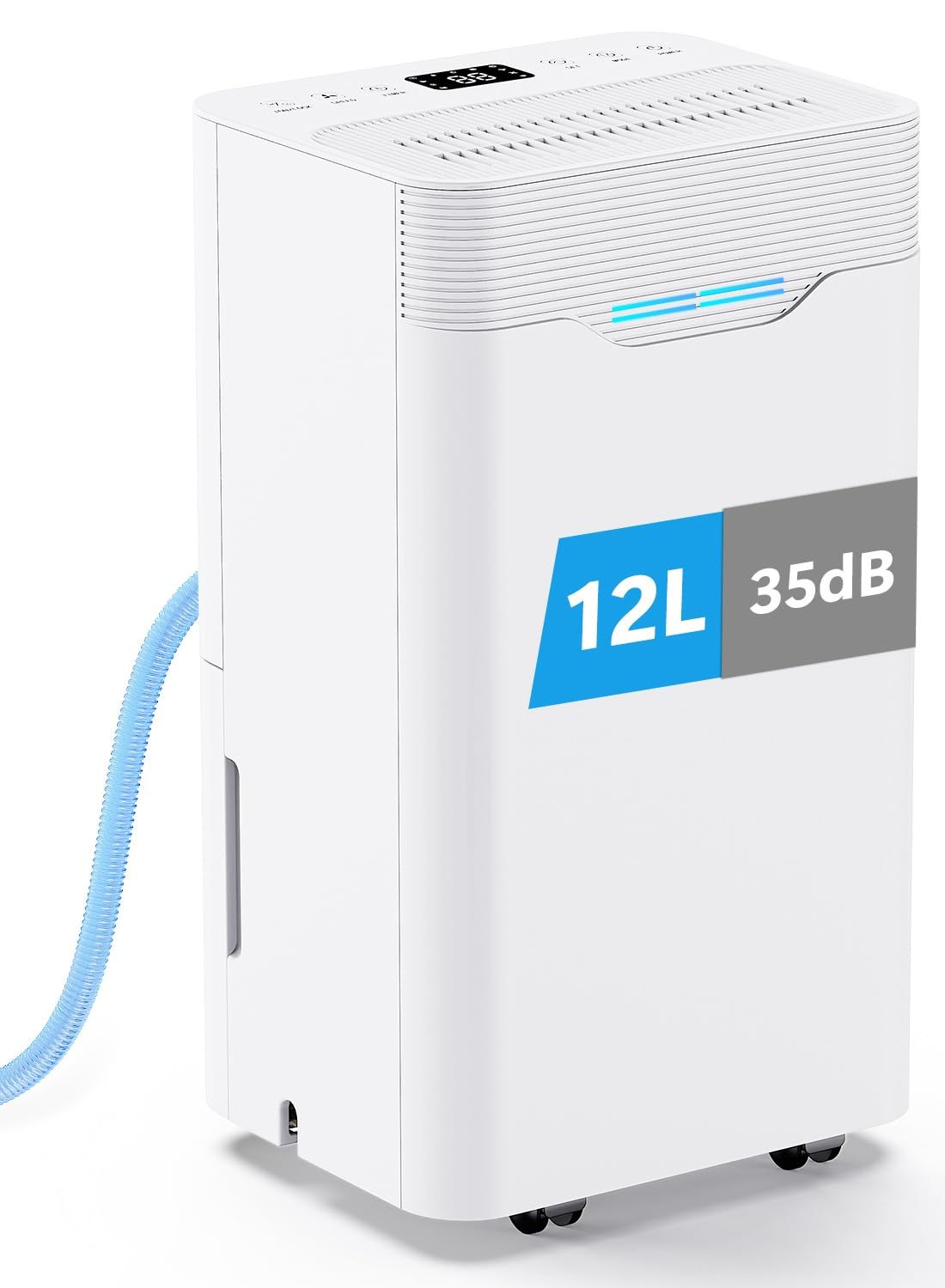Placing a dehumidifier well matters more than many people think. The same machine can feel weak in a tucked away corner yet work brilliantly when it draws damp air across clothes or along a foggy window wall. This guide gives room by room advice for UK homes, with practical tips for airflow, door policy, noise, and the small placement tweaks that cut drying times and morning condensation.
Dry bedrooms benefit from humidifiers sized for the space.
General rules that improve performance
Give the unit some breathing space. Keep the intake and outlet clear of walls and furniture by at least twenty to thirty centimetres. Aim the airflow across the room rather than straight into a wall. If your model has a louvre, point the stream along the path of damp air you want to capture. Elevating smaller units on a low table can help if carpets are very thick and slow airflow at floor level. Empty the tank before it reaches the full line or use a drain hose where possible so the unit does not stop mid session.
Bedrooms and landings
Bedrooms are humidity hotspots at night because people add moisture as they sleep and windows are colder than daytime walls. Place the dehumidifier near the window wall or close to the end of the bed so air cycles across the coldest surface. If several bedrooms feed a landing, you have two options. Either place the unit in the worst room with the door closed for targeted control, or place it on the landing and keep doors ajar for gentler whole floor reduction. For light sleepers, choose a quiet model and run it earlier in the evening, then again for a short period after you wake.
Living rooms
Large living rooms hold more air, so the machine needs clear intake and strong circulation. Put the unit where it can move air across the longest path without obstructions. That might be near a patio door where condensation forms, or at the opposite side of the room to encourage a loop. Avoid hiding it behind sofas and heavy curtains. If you watch TV nearby, pick a setting that balances noise and airflow. Many units have a medium fan that is effective without being intrusive.
Kitchens and bathrooms
Use extractor fans and lids as your first line of defence. A dehumidifier is the support act that clears residual moisture. In a kitchen, place it away from hob splashes but along the path of steam that drifts into the room, perhaps near the doorway. In a bathroom, use short bursts after showers with the door closed. Put the unit outside the direct splash zone and elevate it so steam laden air passes the intake as it rises. Keep tissues and lint away from the intake to avoid clogging the filter.
Utility rooms and drying spaces
Drying laundry indoors is easier with good placement. Position the dehumidifier within a metre or two of the airer and angle the outlet along the rows of clothing. Rotate heavier items once or twice so hidden areas get airflow. Close the door so the same room air cycles through the machine repeatedly. A smaller room such as a box room often outperforms a large open plan space for laundry duty, even with a compact machine.
Garages, conservatories, and colder spaces
Garages and conservatories are colder and often leak more air, so consider a desiccant machine that maintains performance at lower temperatures. Place it away from exposed draughts and close to the source of moisture, such as a damp wall or car. In conservatories, tuck it where sun will not overheat the unit during the day and where night time air still circulates across the glass. Run shorter sessions that maintain a middle humidity band rather than trying to hold a tight target in a leaky space.
Door policy for faster results
To reduce humidity quickly in one room, close the door. The machine will work the same air repeatedly and pull moisture out faster. To lower background humidity across a floor, keep doors ajar and accept that results will be slower but more even. For winter mornings when bedroom windows fog, the closed door approach is often best overnight and for the first hour after waking.
Noise and timing
Night time placement should respect sleep. If the unit hums near your headboard, move it to the foot of the bed or a corner that still faces the window. Use higher fan speeds in the early evening when nobody minds a little airflow, then step down later. Laundry mode is louder by design. Run it during the day or in a room you can close off, then switch to a gentler target mode in living spaces.
Care and airflow hygiene
Clean filters keep airflow strong and noise lower. Vacuum or rinse the pre filter as the brand recommends. Wipe the tank and float periodically. If you place the unit on a thick rug, check that the base vents are not blocked. Small maintenance steps maintain performance and stop musty smells developing inside the machine.
Quiet models with good laundry modes and clear humidistats feature in dehumidifiers that work for UK rooms. If dust rises when you increase airflow, pairing with a sealed‑filter air purifier helps.
FAQs
Where should I place a dehumidifier in a bedroom?
Near the window wall or in a spot that draws air across the glass. Keep intakes clear and avoid pushing the unit into a tight corner. For quiet nights, run it in the evening and again briefly in the morning.
Should doors be open or closed?
Close the door for faster results in one room. Keep doors ajar to lower humidity across several rooms more gently. Adjust based on your priorities that day.
Does height matter?
A low table can help if the floor covering slows airflow, but most units are designed for floor use. The bigger factor is clear space around the machine and a path that crosses the damp area.





